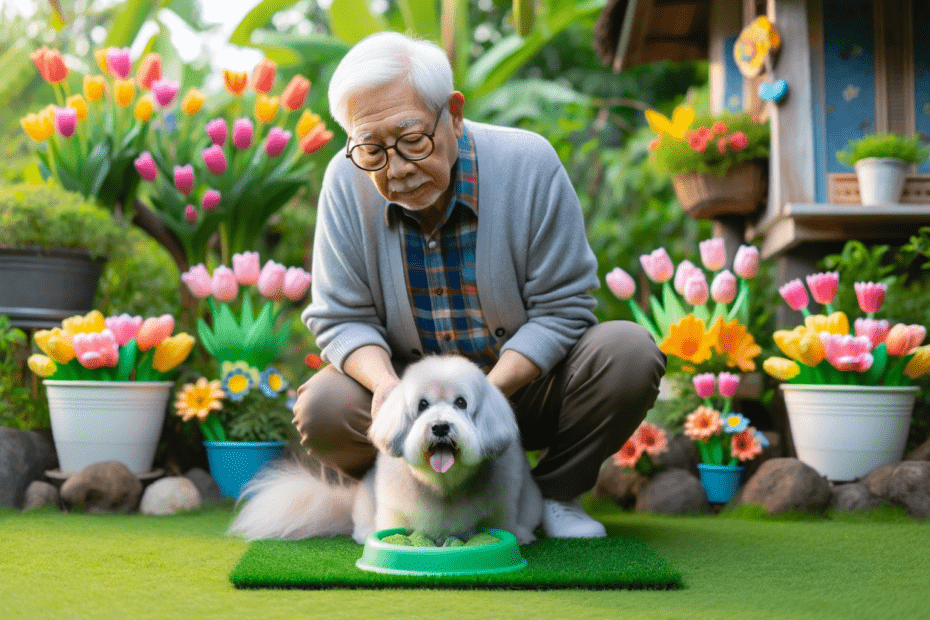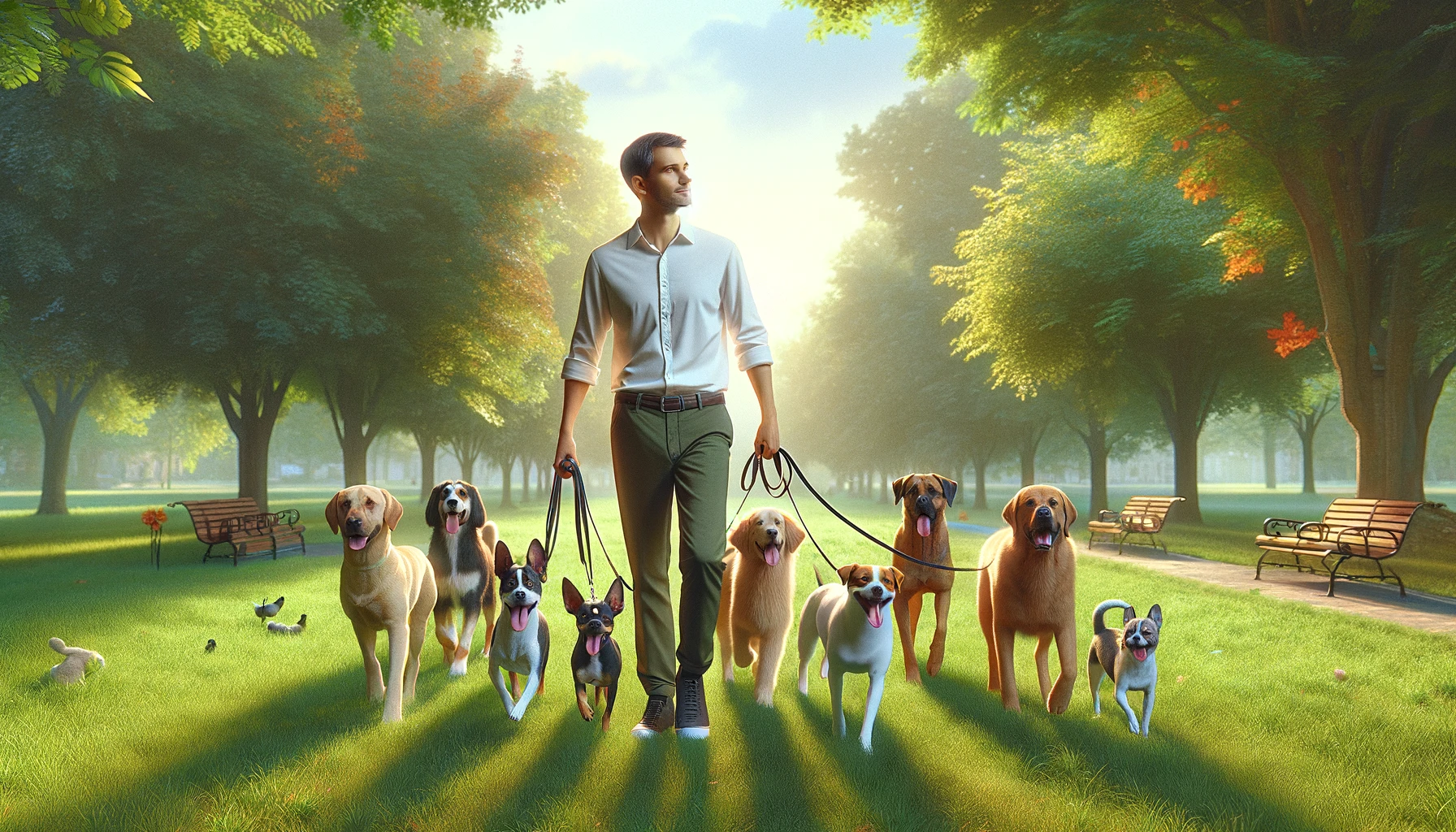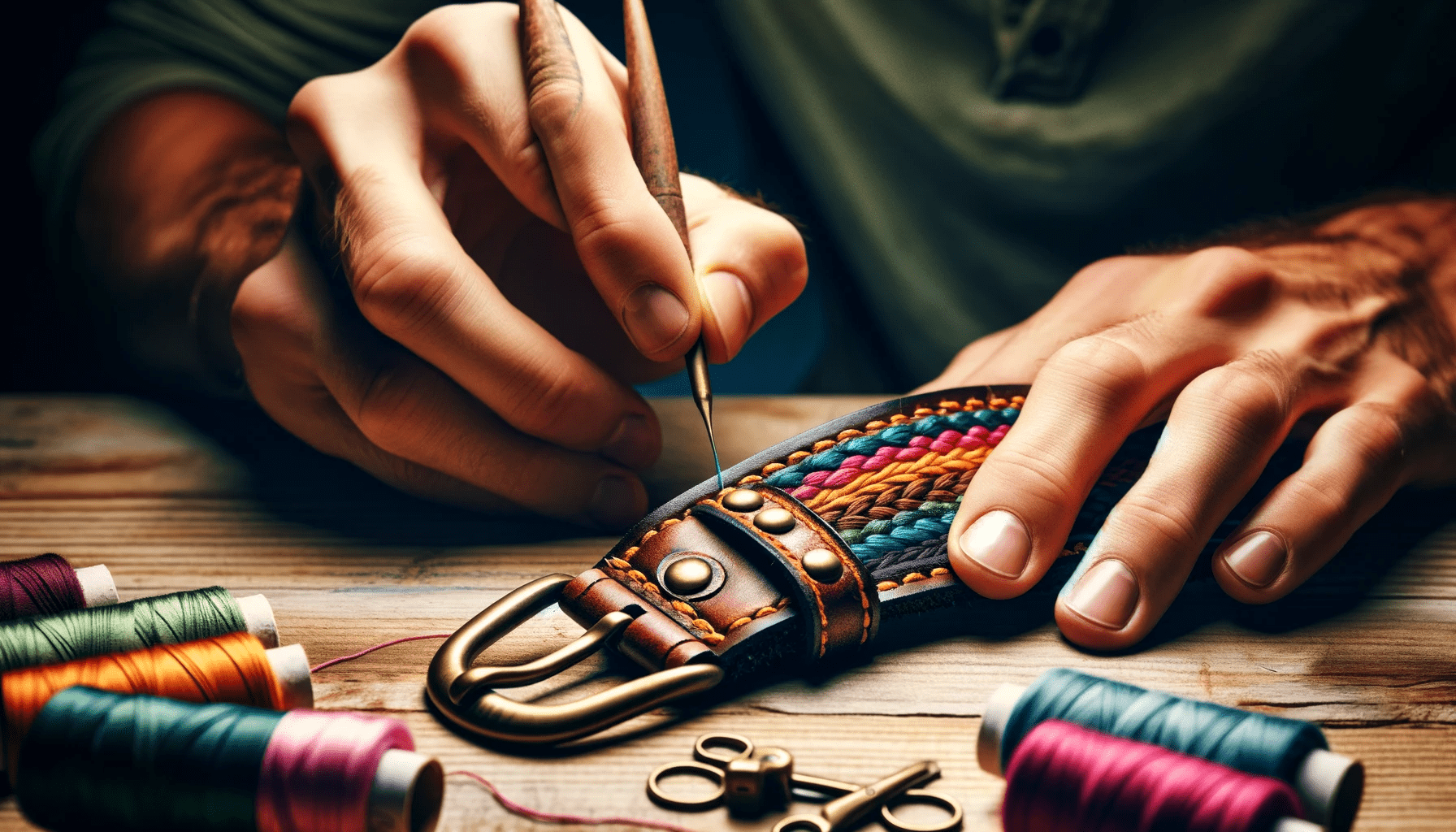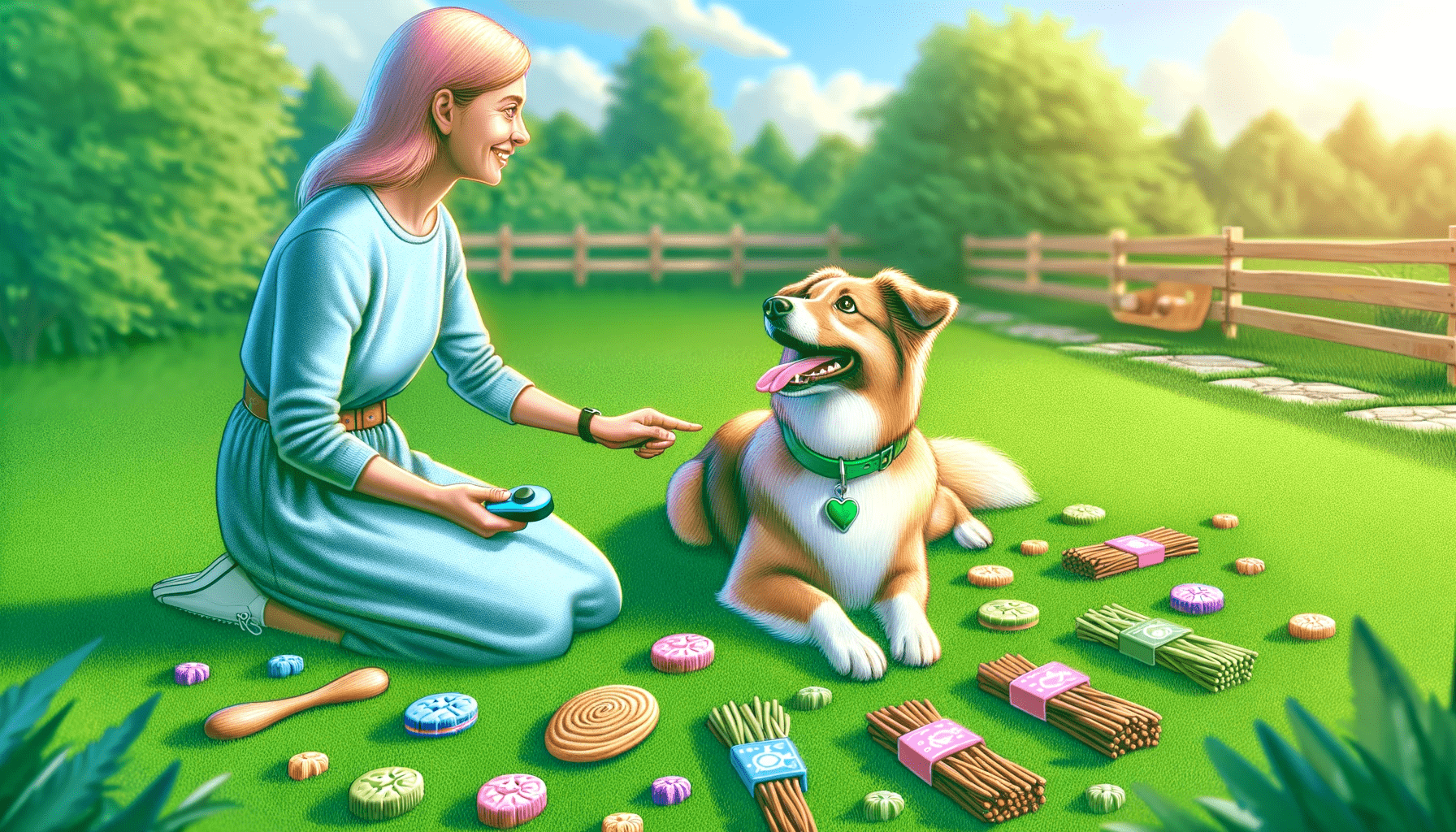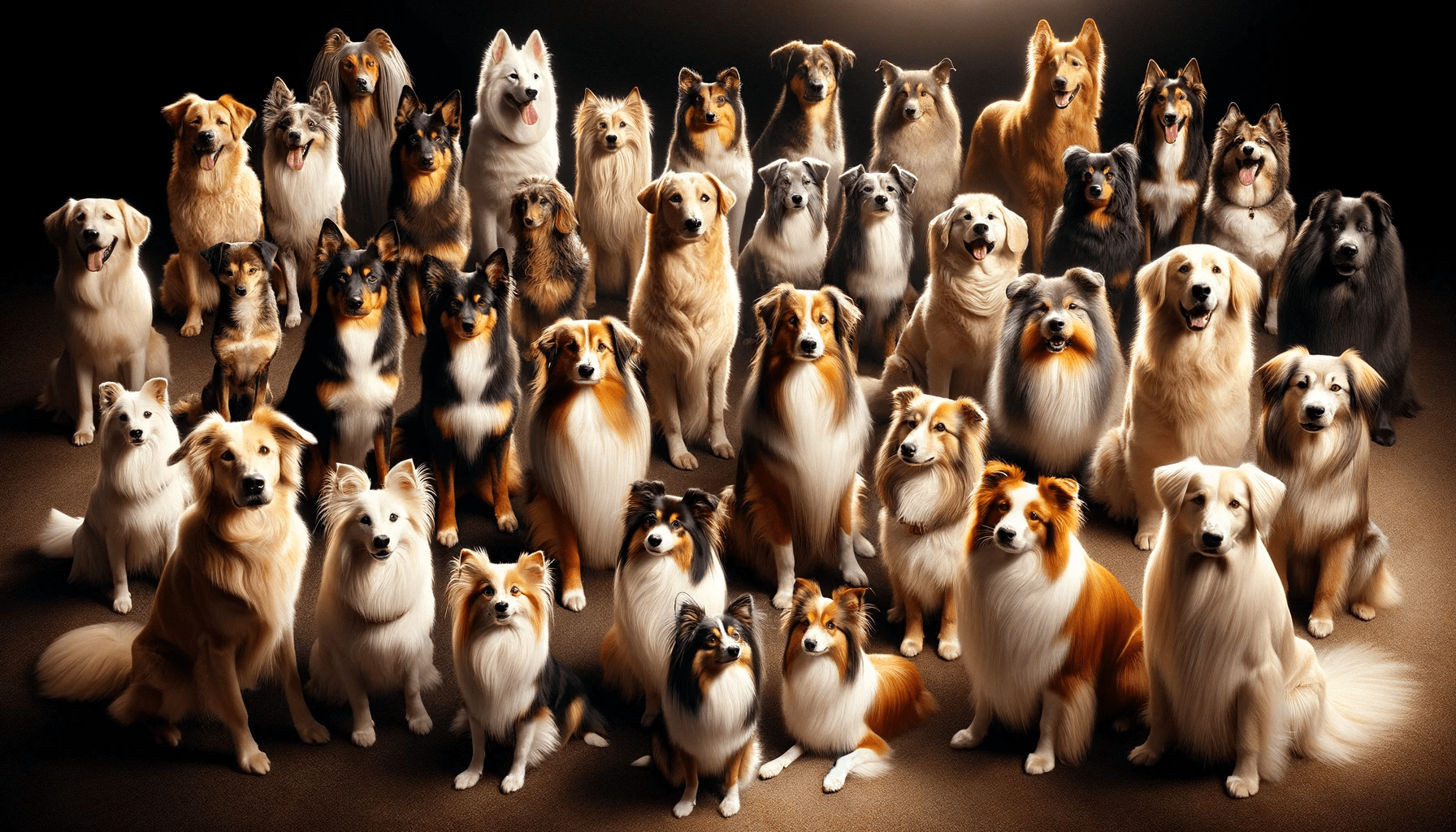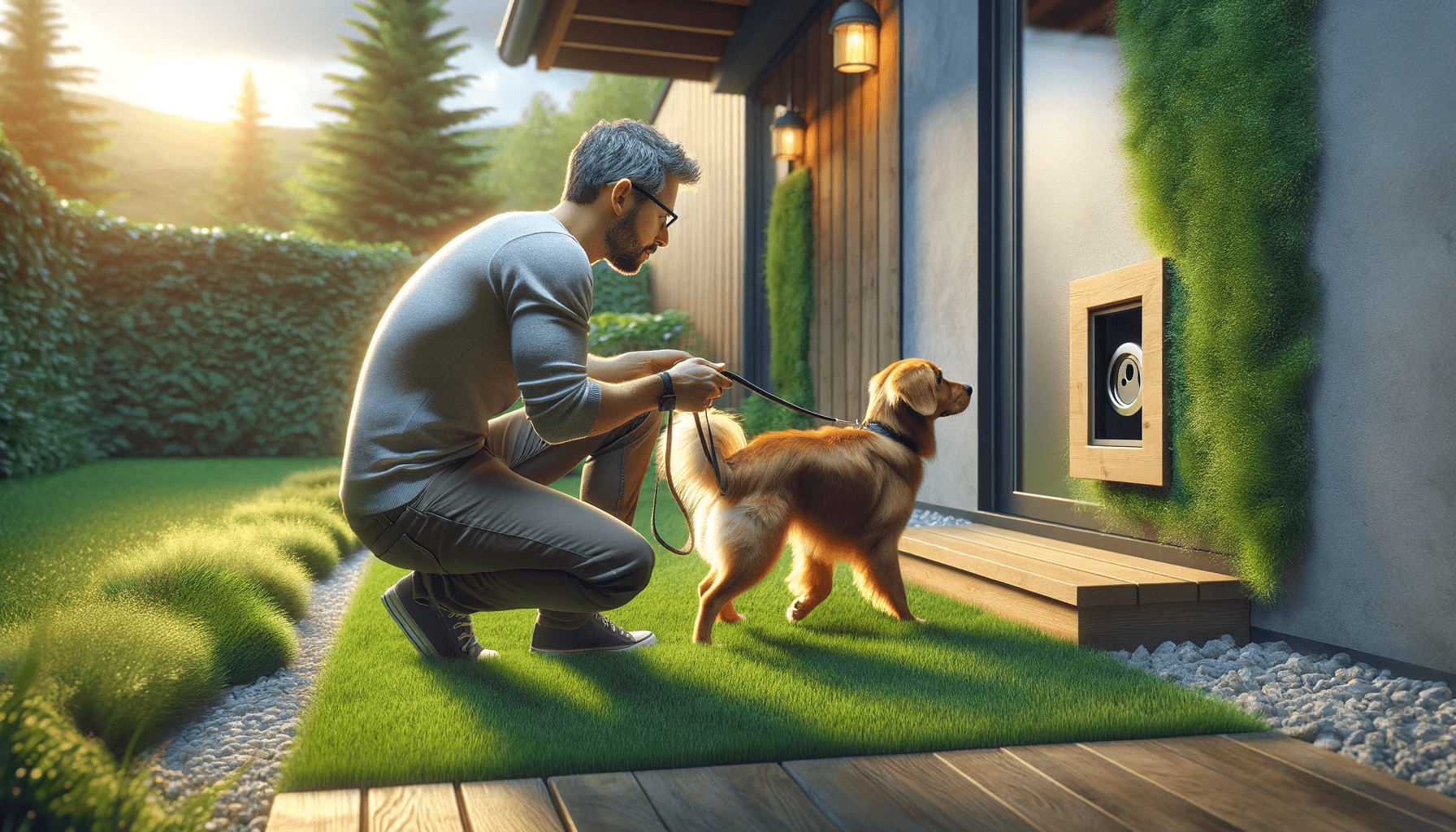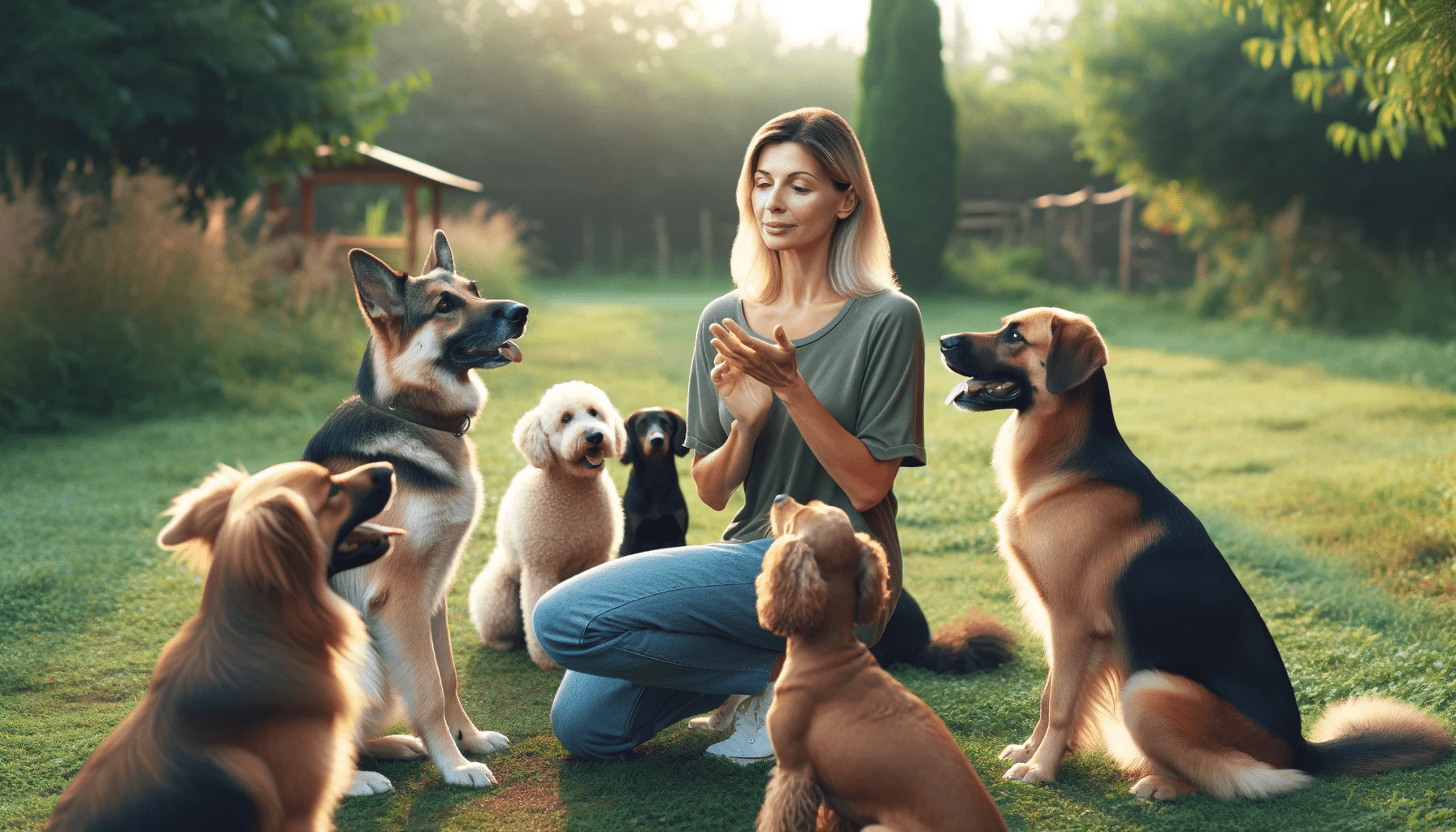Want to potty train your older dog? Don't worry, it's not too late! In this article, we'll give you expert tips and techniques to help you successfully potty train your furry friend.
Assessing your dog's needs, establishing a consistent schedule, and using positive reinforcement are just a few of the strategies we'll cover.
With patience and persistence, you'll be well on your way to a house that's accident-free.
Let's get started!
Key Takeaways
- Assess behavioral cues and elimination patterns to understand the dog's potty training needs
- Establish a consistent schedule for meals, potty breaks, and outdoor activities
- Use positive reinforcement techniques such as rewards and verbal cues
- Prevent accidents by supervising and creating a safe environment, and address any underlying medical issues.
Assessing Your Dog's Potty Training Needs
You need to assess your dog's potty training needs to determine their current level of training and what areas need improvement. Determining readiness is crucial in successfully potty training your older dog. Look for behavioral cues that show your dog is ready to be trained, such as sniffing the ground, circling, or whining. These are signs that your dog needs to go outside and eliminate. Once you have identified these cues, you can start working on their potty training.
Observing your dog's behavior patterns can also help in assessing their potty training needs. Take note of how often they eliminate and if there are any specific times of the day when accidents are more likely to occur. This information will help you create a consistent schedule for taking your dog outside and reinforcing proper potty habits.
Additionally, consider the level of training your dog has already received. If they've been inconsistently trained or have never been properly trained, it may be necessary to start from scratch. On the other hand, if your dog has some basic understanding of potty training, you can focus on reinforcing and fine-tuning their skills.
Establishing a Consistent Schedule for Your Dog
To establish a consistent schedule for your dog, create a daily routine that includes regular potty breaks and designated times for meals and outdoor activities. Setting a consistent schedule is crucial for potty training older dogs, as it helps them develop a routine and understand what's expected of them.
Start by creating a designated potty area for your dog. This could be a specific spot in your yard or a pee pad indoors. Having a designated area will teach your dog where it's appropriate to go potty and will help minimize accidents in the house. Take your dog to this area every few hours, especially after meals, naps, and playtime. Be patient and wait for them to eliminate, rewarding them with praise or a treat when they do.
In addition to potty breaks, it's important to set clear expectations for your dog's behavior during meal times and outdoor activities. Feed your dog at the same times every day, and ensure they have access to water at all times. Take them for walks or engage in outdoor play at consistent times, so they know when to expect these activities.
Consistency is key when establishing a schedule for your dog. Stick to the routine and be patient with your furry friend as they learn. With time and practice, they'll understand what's expected of them and become more reliable with their potty habits.
Using Positive Reinforcement Techniques for Training
Implementing positive reinforcement techniques is essential when training older dogs to use the potty. Using rewards effectively is a powerful tool in encouraging desired behaviors. When your dog successfully uses the potty, reward them immediately with treats, praise, or a favorite toy. This positive association will motivate them to repeat the behavior. Remember to choose rewards that are highly appealing to your dog, as this will increase their motivation to perform the desired action.
In addition to using rewards, incorporating verbal cues effectively can further enhance the training process. Choose a specific word or phrase, such as 'go potty,' and consistently use it whenever you take your dog outside to use the bathroom. By associating this cue with the act of going potty, your dog will begin to understand what's expected of them.
Consistency is key when using positive reinforcement techniques. Make sure to reward your dog every time they use the potty correctly, and be patient if accidents occur during the training process. It may take some time for your dog to fully grasp the concept.
Managing and Preventing Accidents in the House
To effectively manage and prevent accidents in the house, it's important to establish a consistent routine for your older dog. By following these housebreaking techniques and crate training methods, you can create a safe and clean environment for your furry friend.
Here are some tips to help you manage and prevent accidents in the house:
- Establish a consistent schedule: Set regular times for meals, potty breaks, and walks. This will help your dog understand when and where they should go.
- Supervise your dog: Keep an eye on your dog at all times, especially during the initial stages of potty training. This will allow you to catch any accidents before they happen.
- Use positive reinforcement: Reward your dog with treats and praise when they successfully go outside. This will reinforce the desired behavior and motivate them to continue doing so.
- Utilize a crate: Crate training can be an effective tool in preventing accidents. Dogs naturally avoid soiling their sleeping area, so a properly sized crate can help them hold their bladder until it's time to go outside.
Addressing Any Underlying Medical Issues
If your older dog is experiencing frequent accidents in the house, it's important to address any underlying medical issues. Medical conditions can often be the cause of sudden behavioral changes, including potty accidents. It's crucial to rule out any potential health problems before assuming it's solely a behavioral issue.
Some common medical conditions that can contribute to potty accidents in older dogs include urinary tract infections, bladder stones, diabetes, kidney disease, and cognitive dysfunction. These conditions can cause increased urgency, frequent urination, or loss of bladder control, making accidents more likely to occur.
If you notice a sudden increase in accidents or any other changes in your dog's behavior, it's essential to consult with your veterinarian. They can perform a thorough examination and run necessary tests to identify any underlying medical issues. Treatment options will vary depending on the specific condition, but they may include medications, dietary changes, or management strategies.
Patience and Persistence in the Training Process
When potty training older dogs, it's important to maintain patience and persistence throughout the training process. Potty training challenges can arise, but with effective training methods, you can overcome them. Here are some tips to help you stay patient and persistent:
- Consistency is key: Stick to a consistent schedule for feeding and bathroom breaks. This will help your dog develop a routine and understand when it's time to go outside.
- Positive reinforcement: Reward your dog for going potty in the right place. Use treats, praise, and affection to reinforce the desired behavior. This will motivate your dog to repeat the action.
- Supervision: Keep a close eye on your dog, especially during the initial stages of potty training. This will allow you to catch any accidents in the act and redirect them to the appropriate spot.
- Clean accidents properly: Accidents happen, but it's important to clean them up properly to eliminate any lingering odors. Use an enzymatic cleaner specifically designed for pet messes to ensure thorough cleaning.
Frequently Asked Questions
How Do I Teach My Older Dog to Signal When They Need to Go Outside?
Teaching your older dog to use a bell to signal when they need to go outside is a great way to communicate with them. It typically takes some time and consistency, but it's worth it for a quick and effective potty training method.
Can I Use Potty Pads or Artificial Grass Indoors to Help With the Training Process?
Using potty pads or artificial grass indoors to aid in potty training has pros and cons. Potty pads offer convenience but may confuse your dog. Artificial grass resembles outdoor surfaces, making it a more natural option.
Is It Normal for My Older Dog to Have Accidents During the Training Process?
It's completely normal for your older dog to have accidents during the potty training process. Don't get discouraged! Consistency and patience are key. Keep reinforcing good behavior and soon you'll see progress.
What Should I Do if My Dog Refuses to Go Outside to Potty?
If your dog refuses to go outside to potty, there are a few things you can try. First, make sure there are no underlying medical issues. Consider using training pads or a designated indoor potty area.
Are There Any Specific Training Techniques for Older Dogs With Anxiety or Fear-Related Potty Issues?
To potty train older dogs with anxiety, try desensitization training and positive reinforcement. Start by discussing the issue without the context of expert tips. These techniques can help your dog overcome fear-related potty issues and make the training process easier.
Conclusion
In conclusion, potty training older dogs requires a combination of patience, consistency, and positive reinforcement. By assessing their needs, establishing a schedule, and managing accidents, you can successfully train your furry friend.
Remember to address any underlying medical issues that may be causing the problem. With persistence and a little bit of time, your dog can become fully potty trained and enjoy a happy, accident-free life.
